Author: David Evans
-
Book review — “The Book of Mormon for the Least of These: Helaman-Moroni”
“The lessons we learn from scripture depend on the questions we ask… The Book of Mormon…warrants the most challenging questions we can throw at it. This book attempts to ask those difficult questions.” So opens this third and final volume of The Book of Mormon for the Least of These, focusing on the books of…
-
What You Might Be Missing in Matthew’s Genealogy of Jesus
“Most readers of Matthew’s Gospel take one look at that first page full of ‘begats’ and impossible-to-pronounce names and quickly turn the page.” So begins Julie Smith’s thoughtful essay “Why These Women in Jesus’s Genealogy?”, which is available free of charge in the Segullah journal (2008) and is reprinted in her book Search, Ponder, and…
-
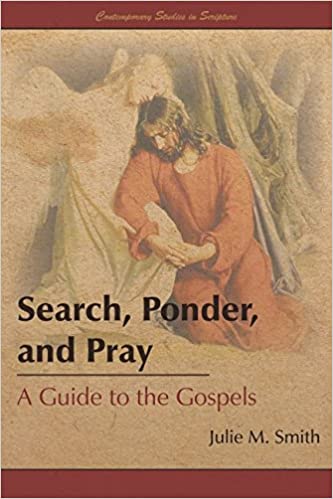
Resources to Get More out of Reading the Gospels
We’ll spend the first six months of 2023 studying the Gospels (Matthew, Mark, Luke, and John) for Come, Follow Me. For the last couple of years, every day I’ve read at least a chapter of the “five gospels” (the four above + Christ’s appearance in the Americas recorded in 3 Nephi in the Book of…
-
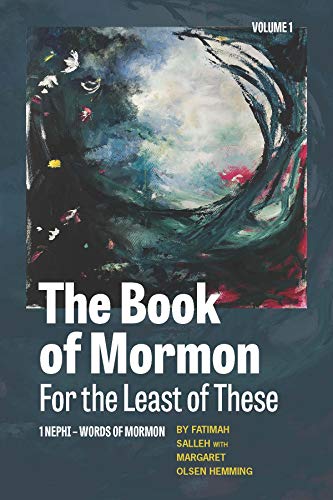
Loving the Book of Mormon Prophets without Accepting Their Prejudices: A Review of “The Book of Mormon for the Least of These, Volume 1”
A while back, a friend sent me an uncomfortable text. She is not a member of the Church of Jesus Christ of Latter-day Saints, but someone had given her daughter the old illustrated Book of Mormon Stories book, and her daughter came across the passage in Second Nephi when Nephi narrates that Laman and Lemuel’s…
-
Hearing leaders teach in their own languages: October 2021 General Conference edition
Do you remember that time when speakers in General Conference were allowed to speak in their own languages? In September of 2014, the Church put out an announcement that “General Conference Speakers Now Can Use Native Language”! But it didn’t last long. A year later, a Church spokesperson told a news outlet that the First…
-
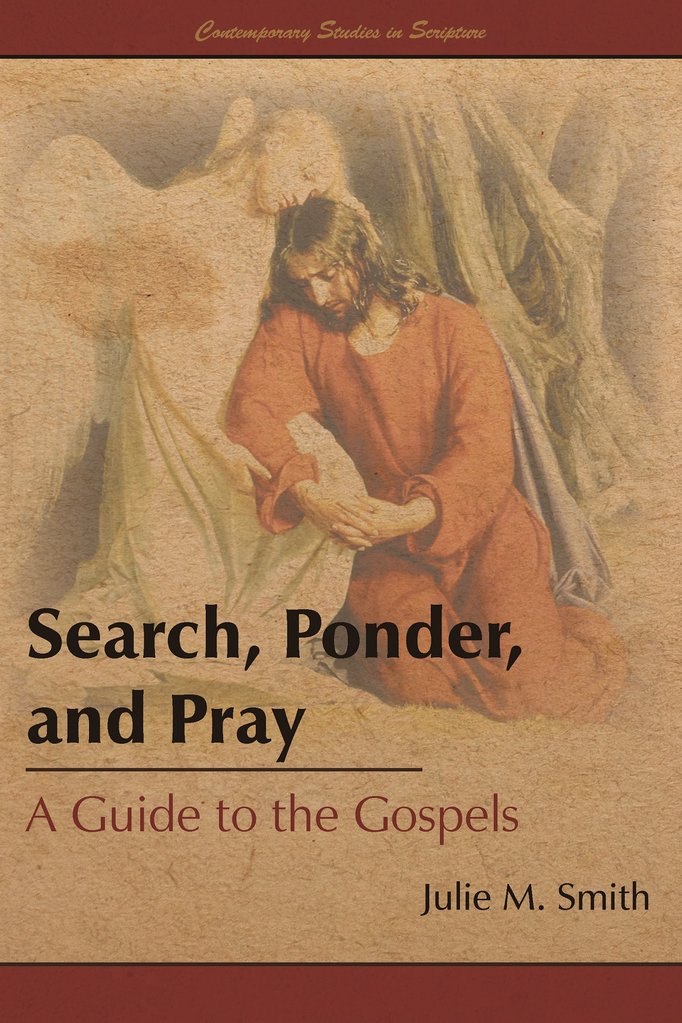
*Search, Ponder, and Pray* by Julie Smith: your essential guide to revisiting the gospels
“Tell me the stories of Jesus,” begins the primary song. You’ve read the stories of Jesus in Matthew, Mark, Luke, and John. You’ve heard them in church lessons and talks. You know the stories; you probably love the stories. But what if you want more? I recently used Julie M. Smith’s Search, Ponder, and Pray:…
-

Happy Mother’s Day: A Review of Carol Lynn Pearson’s *Finding Mother God: Poems to Heal the World*
I started listening to Carol Lynn Pearson read her latest poetry collection — Finding Mother God: Poems to Heal the World — and I could not stop. And now I’m listening to it a second time. It’s vibrant and healing. I find Pearson’s words in this volume (and, in the audiobook, her delivery) irresistible. Pearson…
-
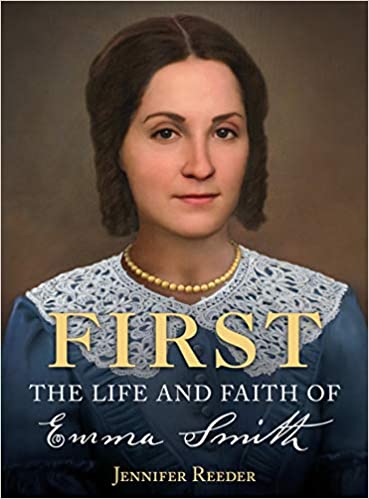
Hear the words of the Church’s first lady — a review of Jennifer Reeder’s *First: The Life and Faith of Emma Smith*
“I have many more things I could like to write but have not time.” Thus wrote Emma Smith in a letter to her husband, Joseph Smith. I wish she did have the time! Jennifer Reeder’s biography of Emma Smith — First: The Life and Faith of Emma Smith — left me wanting even more of…
-
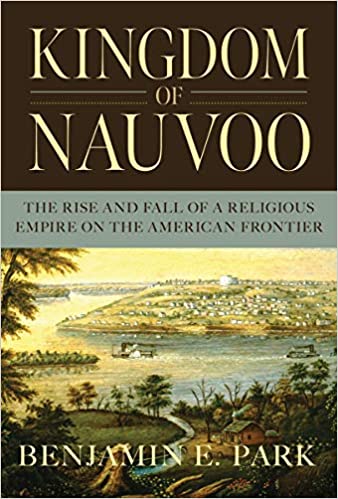
The delicious detail of Benjamin Park’s book The Kingdom of Nauvoo
I recently read (okay, listened to) Benjamin Park’s book Kingdom of Nauvoo: The Rise and Fall of a Religious Empire on the American Frontier. Park has produced a rich piece of scholarship with fascinating details about the period, some of them from documents released just in the past few years. Much of what I enjoy from…
-
Nephi and the Garden Tower: A Children’s Play
This week’s Come, Follow Me lesson covers the story of Nephi praying on a tower in his garden, drawing a crowd, and revealing facts about the murder of the chief judge that he could only know through revelation. As I read the lesson, I felt like the story was highly dramatic! So, for my family,…
-
Quotes to accompany your Come Follow Me study – Alma 30-31
This coming week’s Come, Follow Me lesson covers Alma 30-31. Here are a collection of quotes from General Auxiliary Leaders of the Church, that you can use in your family or personal study. Alma 30 The Book of Mormon warns against false teachings. “As you use your agency to carve out time every day to…
-

General Conference Activities for Children
It’s General Conference weekend! That means ten hours of hearing from prophets and apostles and other inspired leaders of the Church. It also means eight hours of trying to keep children engaged (at best) or occupied (at least). Our household favorite is this: Before each session, each person picks a gospel word. (We don’t allow variations…
-
Book of Mormon Stories: New Verses for the Liahona, Nephi’s Bow, and Building the Ship
I teach nine-year-olds for Primary, and I’ve started composing new verses to the old primary song Book of Mormon Stories as a way to recap the events before we get into discussion and activities. Here are four verses (which are arguably terrible but also instructive: I’m clearly not a songwriter) that go along with tomorrow’s…
-
What are the best books to accompany your study of the Book of Mormon?
Next year, we’ll be studying The Book of Mormon in the Come, Follow Me program for the Church of Jesus Christ of Latter-day Saints. During this year’s study of the New Testament, I’ve benefited from reading complementary material, such as — as I was reading Romans — Adam Miller’s excellent Grace Is Not God’s Backup…
-
A Tool to Make It Easier to Draw on the Wisdom of Women
In General Conference in 2015, President Russell M. Nelson stated, “We need women who have a bedrock understanding of the doctrine of Christ and who will use that understanding to teach and help raise a sin-resistant generation.” The following year, President Neill F. Marriott of the Young Women General Presidency taught, “The Lord’s Church needs…
-
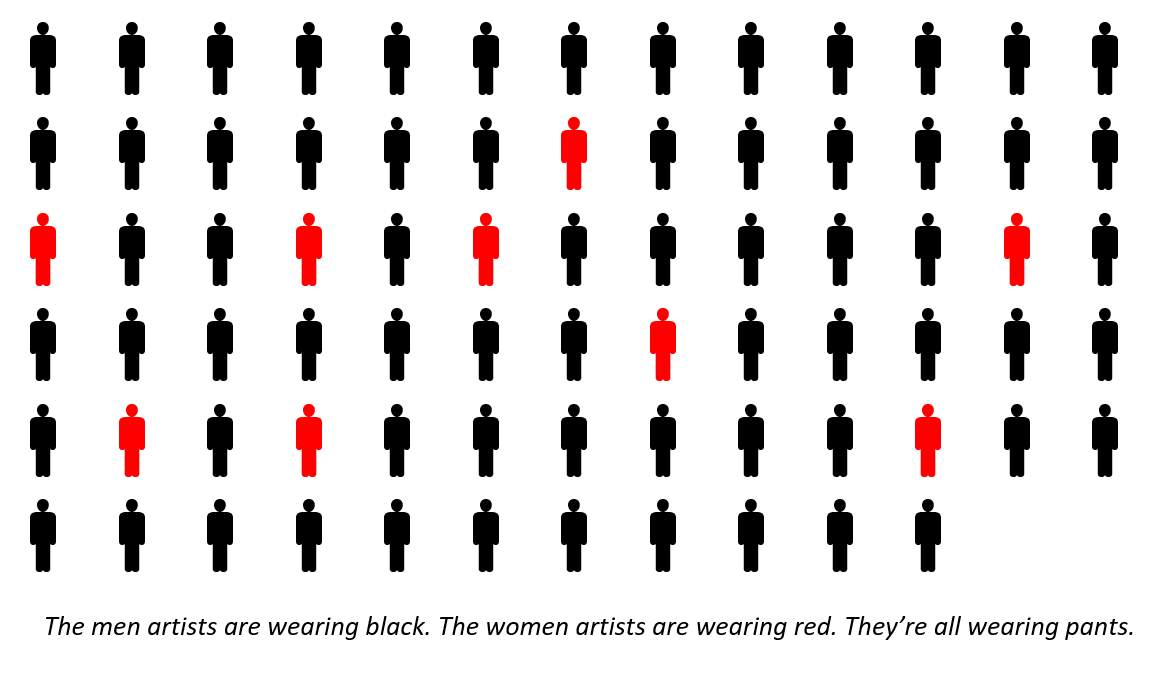
Where are the women artists in the Come, Follow Me manual?
As I started preparing family lessons using the Church of Jesus Christ of Latter-day Saints’s new Come, Follow Me manual, I was struck by the quantity of art. In addition to photos and screenshots from Church-produced videos, the manual includes 78 reproductions of paintings or stained-glass windows. Many lessons – particularly in the first half…
-
Does serving a mission in a low-income country change your commitment to the poor?
In a recent research paper, economist Lee Crawfurd seeks to answer this question by comparing missionaries who served in a predominantly high-income region – Europe – with those who served in low- and middle-income areas – Africa, Asia, or Latin America. The missionaries assigned to these different region look very similar on a range of…
-
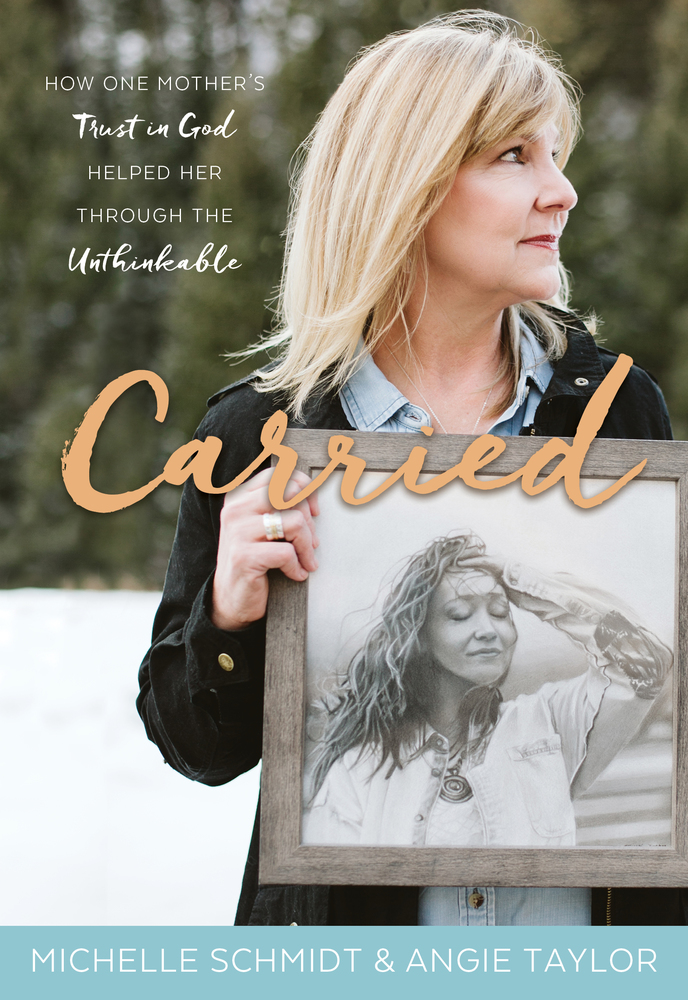
5 lessons from Schmidt and Taylor’s book Carried: How One Mother’s Trust in God Helped Her through the Unthinkable
In late 2016, Annie Schmidt went hiking in the mountains of Oregon. When she didn’t reappear, a mix of professionals and amateurs, friends and relatives and strangers, searched for weeks to find her. Annie’s mother, Michelle Schmidt, teamed up with her sister, Angie Taylor, to write the story of Annie’s disappearance, the search, and the…
-
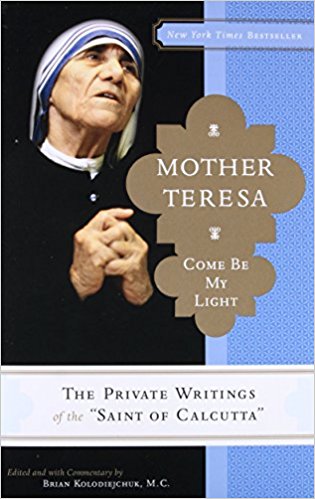
Unwavering Commitment to God and the Dark Night of the Soul
A few years ago, President Rosemary Wixom of the Primary shared a story from the life of Mother Teresa in General Conference: In a 1953 letter, Mother Teresa wrote: “Please pray specially for me that I may not spoil His work and that Our Lord may show Himself—for there is such terrible darkness within me,…
-
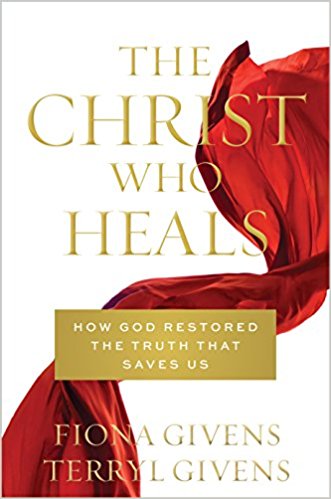
A Credible Case for Universalism — A Review of Givens and Givens’s The Christ Who Heals
In their new book, The Christ Who Heals: How God Restored the Truth that Saves Us, Fiona and Terryl Givens make the case for how “the doctrines and scriptures of the Restoration have enriched our knowledge of the rock and foundation of our faith — Jesus Christ.” The book is a delight: The Givenses draw on…
-
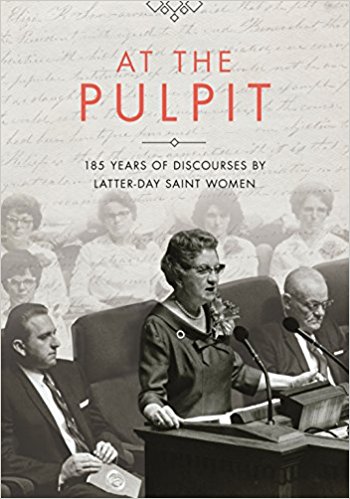
Reeder and Holbrook’s At the Pulpit: The book I hope becomes a fixture in Latter-day Saint homes
The first account we have of a woman speaking in General Conference is Lucy Mack Smith, speaking in Nauvoo, Illinois, in October 1845. But women were teaching in the Church long before that, and the continued long after that — not just in General Conference. In their collection At the Pulpit: 185 Years of Discourses…
-
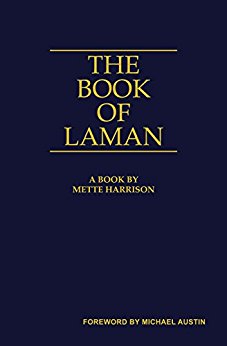
Inside the mind of the Book of Mormon’s first antagonist — A review of Mette Harrison’s The Book of Laman
In the Book of Mormon, Laman and Lemuel often come across more as comic book villains more than fully fleshed out characters. As Grant Hardy put it, “In the Book of Mormon, Laman and Lemuel are stock characters, even caricatures.” In her new novel, The Book of Laman (with its cover art a stroke of brilliance),…
-
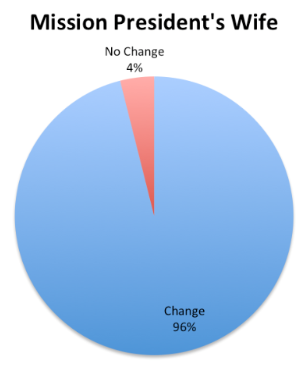
What’s in a name? A historical note on the title of the Mission President’s Wife
Last year, Cassler and McBaine published results of their survey on “the Naming of Women’s Positions and Organizations in the LDS Church.” Around 400 survey respondents who self-identified as LDS women answered questions about whether or not they would change the names of various women’s roles and groups, including the Young Women’s groups (Beehives, Mia…
-
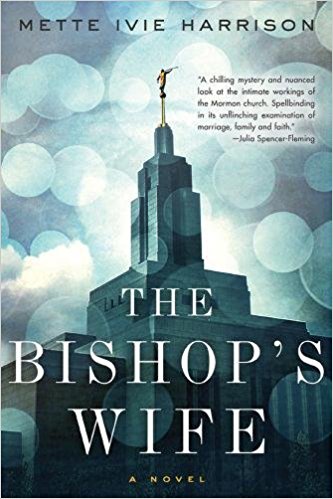
Fiction and Culture: Mette Ivie Harrison’s The Bishop’s Wife
A good Mormon mystery Novels — particularly good ones — convey a sense of place. This is absolutely true of mystery novels, from Kwei Quartey’s police detective in Ghana to Alexander McCall Smith’s private detective in Botswana. But how much do we really about a place or a culture from a work of fiction? I…
-
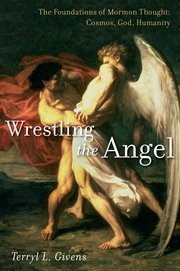
Mormon Doctrine for Grown-ups: A Review of Terryl Givens’s Wrestling the Angel
When I was young, I discovered C.S. Lewis’s Chronicles of Narnia and enjoyed every volume. Then one day, at my neighborhood library, I discovered Paul Ford’s Companion to Narnia, essentially an encyclopedia of Narnia, and I fell in love. The entries were arranged alphabetically, and there were more topics than I had ever imagined. It…
-

Which are the most influential General Conference talks?
After most General Conferences, there are one or two talks that really stay with me. Some of those talks enter the language of many members, such as Elder Oaks’s framing of choices that are “good, better, best.” Is there any way to identify the most influential talks? We could begin with who influences the influencers.…
-
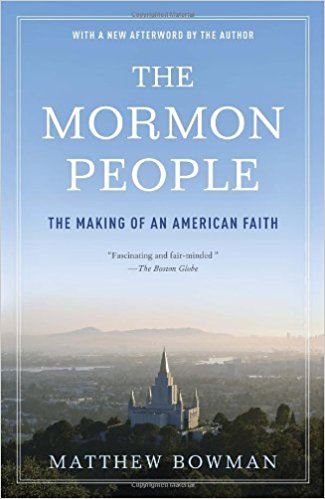
Three big things (and some little things) this lifelong Mormon learned from Matt Bowman’s history of the Church
How do you tell the story of a 200-year-old movement in a single volume? In the summer of 2011, Matthew Bowman received a call inviting him to write such a volume in under three months. The result — The Mormon People: The Making of an American Faith — is an accessible, even-handed volume that uncommonly gives…
-
Loosening the iron grip of the King James Version of the Bible?
A couple of years ago, Elder Richard Maynes (of the Presidency of the Seventy) quoted Matthew 13:44 in his conference talk: “The kingdom of heaven is like treasure hidden in a field, which a man found and covered up; then in his joy he goes and sells all that he has and buys that field.” But wait…
-
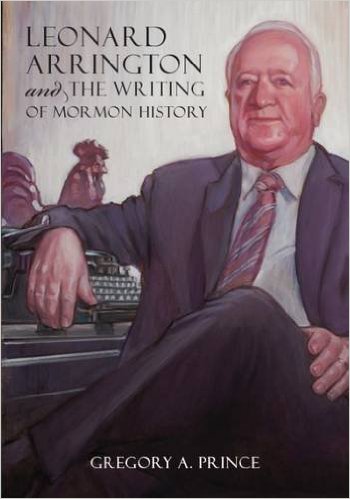
Telling the stories of the Church’s history
A review of Leonard Arrington and the Writing of Mormon History, by Gregory A. Prince Telling the history of a church can be tricky. Which elements arose from the culture of the time? Which manifest the direct intervention of the divine? Is that even a sensible distinction? On the one hand, some Church leaders have…
-
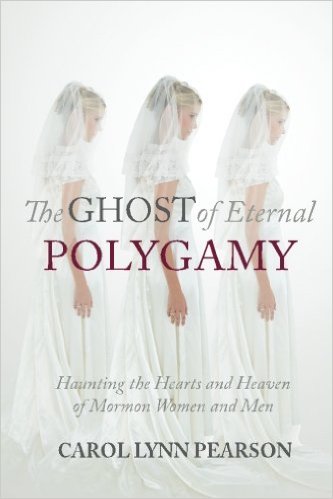
Listen to the stories of those who hurt because of the ghost of eternal polygamy
a review of Carol Lynn Pearson’s The Ghost of Eternal Polygamy: Haunting the Hearts and Heaven of Mormon Women and Men I don’t think about polygamy much. I have no interest in participating in it (in this life or another). It doesn’t come up much in my conversations, except as I discuss my polygamous ancestors…
